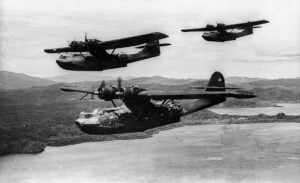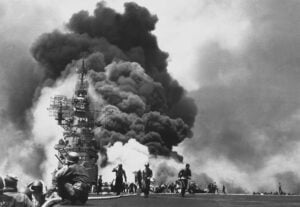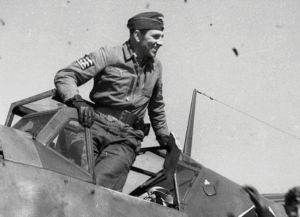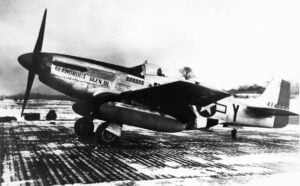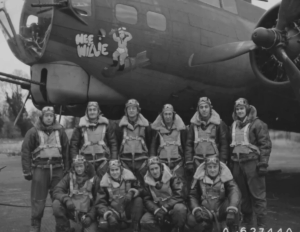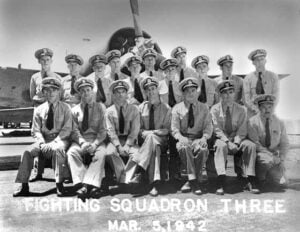Savoia-Marchetti SM.85 | The Dive Bomber That Couldn’t

YouTube / Rex's Hangar
Many aircraft vanish into history for one reason—failure. The Savoia-Marchetti SM.85 was one such machine, a short-lived Italian dive bomber so flawed it was quickly replaced by the German Junkers Ju 87 Stuka.
The Birth of a Flawed Idea
In the 1930s, dive bombing promised unprecedented precision in warfare. The U.S. Navy and Marine Corps had already proven its effectiveness in the 1920s during counter-insurgency operations in Haiti and Nicaragua, inspiring militaries worldwide to develop their own designs.
Italy’s Savoia-Marchetti joined the race with the SM.85, but the company faced a major challenge that plagued the Italian aviation industry—weak engines. Without access to a single powerful unit, engineers mounted two small 450-horsepower Piaggio P.VII C.35 engines instead.
The prototype flew in December 1936, and test pilots quickly noticed serious flaws. It was slow, climbed poorly, and handled sluggishly. Still, optimism prevailed. After a 1937 demonstration attended by Mussolini, the Air Force ordered 32 aircraft. By early 1940, 19 entered service with Italy’s first dive-bomber group, the 96° Gruppo Bombardamento a Tuffo.
The “Flying Banana” Takes Flight
The SM.85 was a single-seat, twin-engine monoplane with retractable landing gear and a distinctive upward-curving fuselage. Its unusual shape earned it the nickname “Flying Banana.” The design offered good forward visibility, and a glass panel in the cockpit floor helped the pilot aim bombs during dives.
However, performance was dreadful. Carrying its full 800-kilogram bomb made it dangerously sluggish, so crews often reduced the load to 500 kilograms. Even then, it struggled. The SM.85 was unstable in dives, often spun out of control, and its dive brakes barely functioned. The underpowered engines made it slow to climb, and with only one 12.7 mm machine gun, it was easy prey for enemy fighters and anti-aircraft fire.
A Short and Embarrassing Career
By June 1940, SM.85s were deployed to the island of Pantelleria for planned strikes on Malta. But unit commander Maggiore Ercolano Ercolani warned that using them in combat would be suicide. He was right. One aircraft crashed on landing, two were damaged, and the rest managed only two uneventful sorties before the type was withdrawn the following month.
The SM.85’s career ended almost as soon as it began. Within weeks, Italy replaced it with German-supplied Ju 87 Stukas—aircraft that could actually dive, hit targets accurately, and return home in one piece.
The “Flying Banana” remains a reminder that ambition alone cannot overcome poor design and underpowered engines.














